Stafford photographs, circa 2003.
Izaak Walton's Cottage
Regarded by many as Stafford's most famous historic export (he lived most of his life in London). Born in September, baptised on Friday September 21st 1593. Izaak Walton wrote a famous and popular fishing book ('The Compleat Angler').
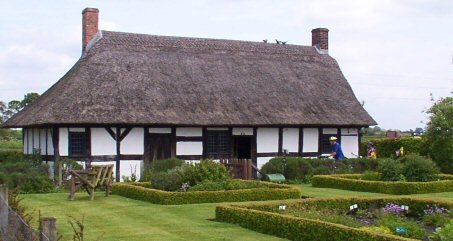
He bought this house in 1654 as part of an estate and bequeathed it to a local charitable trust upon his death in 1683.
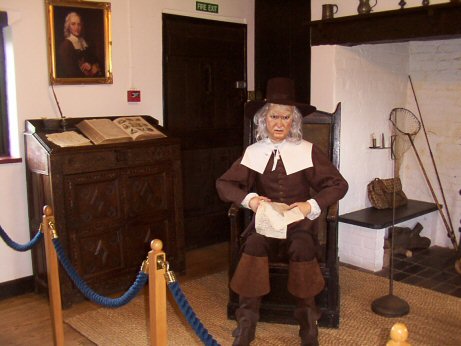
The cottage is a typical 16/17th century Staffordshire home, it was occupied by residents until the early 1920s.
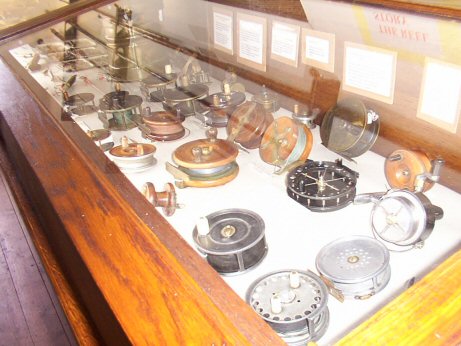
The house is now a dedicated Izaak Walton museum, containing many historical exhibits and you can even view a video romp through Izaak's past.
Ancient High House
Built in 1596 using local oak by John Dorrington. Said to be the largest timber framed town house in England.
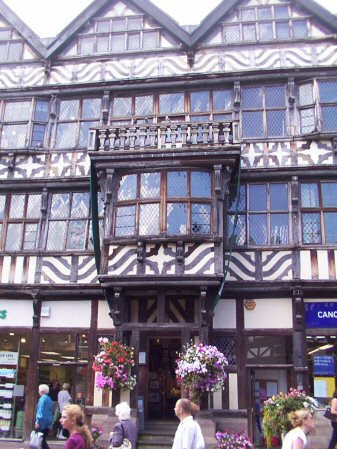
When you compare this photograph to the one in our 1980s gallery you will notice very little difference. The house underwent extensive repairs and regeneration during the early 1980s but apart from structural improvements, little was gained.
Bottle Lodge
The Bottle Lodge is an odd looking building on the road to Tixall.
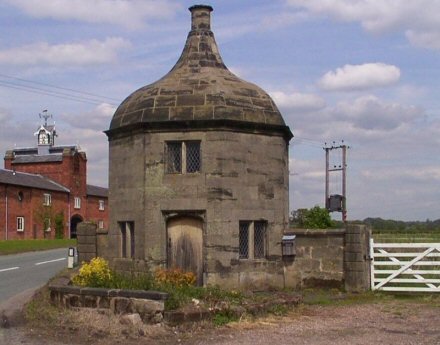
Located on the road between Tixall and Stafford, situated about a mile from Tixall Lodge Gatehouse. Recently renovated to a modern dwelling. The building is identical to the towers on Tixall Lodge Gatehouse which was once a gatehouse to Tixall Hall.
Stafford Castle
Motte and bailey earthworks surmounted by remains of later castles.
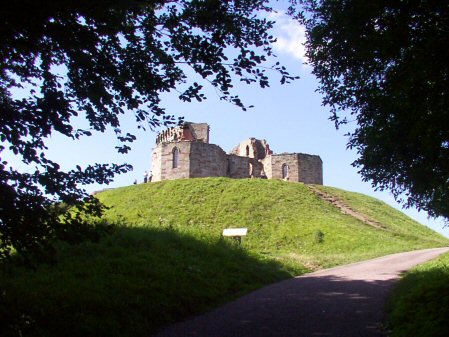
The photograph above not only shows the castle's pretty side, but also shows off the recently laid gravel road which was put in place to aid the paying customer to the recent council backed acting event held in the grounds of this ancient monument.
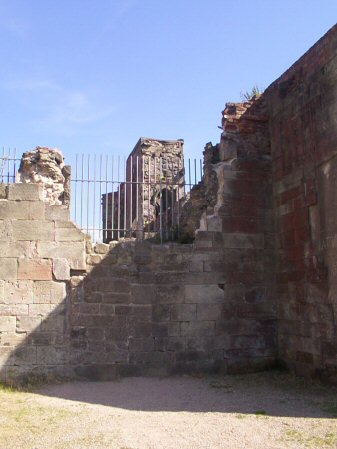
This rearward shot of the castle is almost never published in beautification brochures or promos. Yet in my opinion, the 20th century railings add to the character of this crumbling 19th century folly.
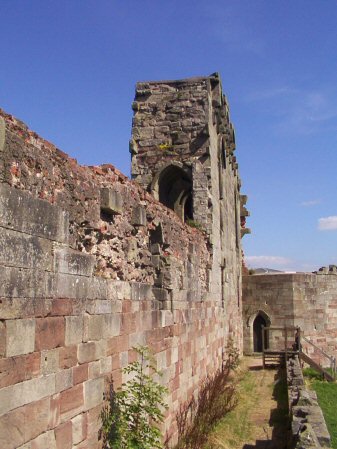
This 19th century mock up was poorly constructed. It managed to survive until the late 1950s / early 1960s before it was eventually undermined and vandalised by local youths. Sadly one young boy lost his life here, crushed by masonry as the youths of his time destroyed the foundations below his feet on the front quarter.
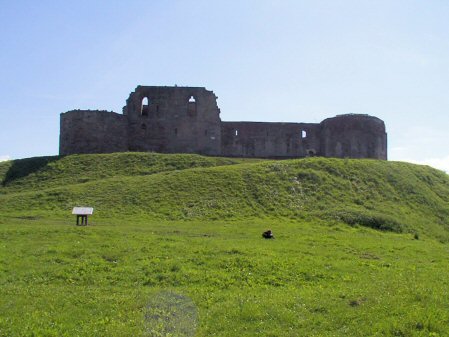
The remains of this 19th century castle still attract many thousands of visitors every year. The visitor centre displays some of this site's historic past and is open every day except Monday (opens on Bank Holiday Mondays).
St Mary's Church
Circa 1200. In the church yard are the remains of St. Bertelin's Chapel.
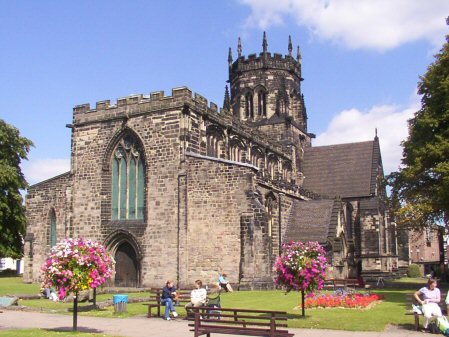
Claimed to be a religious site for over 1200 years, firstly as an open air gathering and later considered important enough to construct a church on. Little of the original 8th/9th structure century exists but the church has placed a replica wooden cross outside the building to mark the foundations of its Christian past.
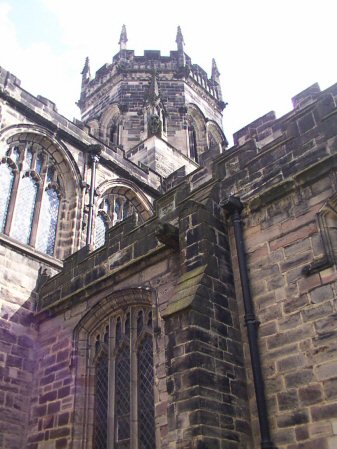
This 800 year old building has undergone many facelifts since it was first constructed, however most of its current features are over 400 years old (including the roof, I hope my own roof lasts this long).
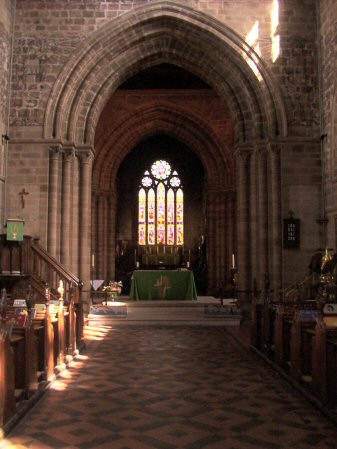
The inside is fairly standard. The stained glass windows are bright but "normal" and after the 1987 "reworks" much of the building is covered in conduit and piping. However, there is a charm to this church. Areas that were open to everyone during the 1980/90s are now closed but this is no great loss, the bulk of the church, which includes 2 fantastic arrays of organ pipes are still accessible. I particularly like the stone carved sarcophagus of Edward Aston, which was accidentally defaced by 18th century workmen.
The Mill
Built in 1796. Wind powered until steam driven in 1847. Currently in the hands of a restoration group.
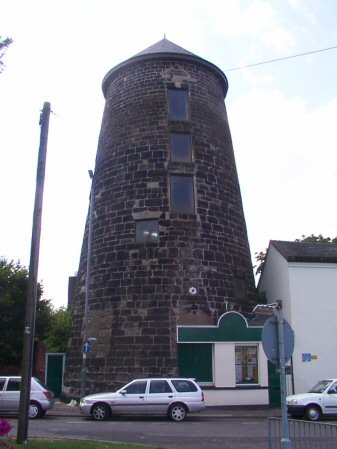
Recent renovations have dramatically improved the appearance of this building which included a reconstruction of an early 20th century butchers shop that was once attached to the front.
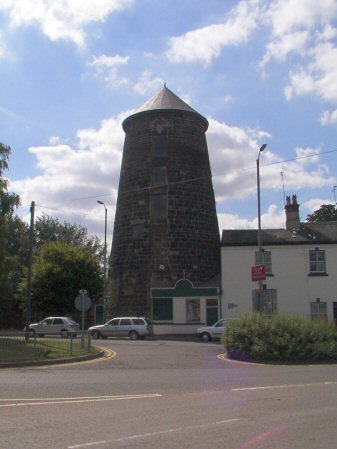
The Mill stood vacant for many decades during the 20th century until an enthusiastic group took over the maintenance and funding. The group have re-constructed a shop fascia and made the structure sound. For a short period after renovation, the mill was a popular venue for the "renovation and conservation" types, however, over the last year or so, the building has once again taken on its usual derelict appearance. I personally enjoy the weeds growing out of the brickwork. I'm hoping a feature can be made of this !?
Tixall Gatehouse
Built in 1555 by Sir Edward Aston, this gatehouse was once the grand entrance to an even grander house.
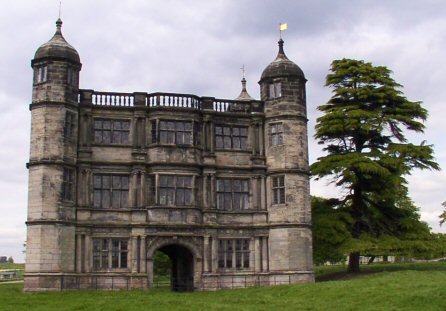
The main house was rebuilt, demolished and rebuilt again over the next 3 centuries, until in 1928 when the house was demolished, and the material re-used to build the Saint John's Church Chancel at Littleworth.
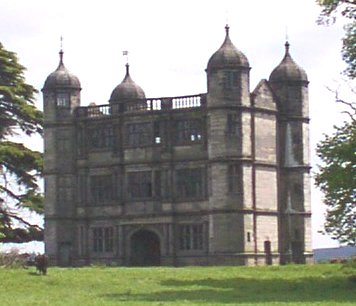
The top sections of the four towers closely resemble the Bottle Lodge which is situated a mile or so away. We were unable to find any relating reference between these buildings but the similarity is uncanny.
St Chad's
A sweet little Norman church situated between 20th century developments in Stafford Town Centre.
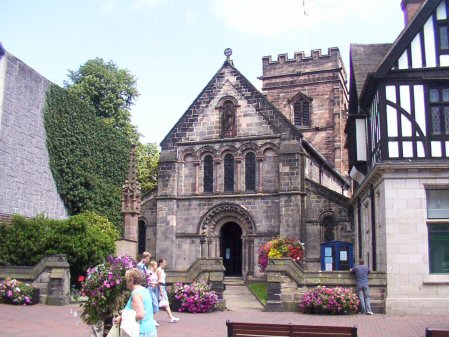
Built somewhere around 1150, St Chads is said to be the oldest building in Stafford.
St Mary's Castle Church
St Mary's Castle Church. Situated on the Newport Road (A518). Rebuilt during the 1840s and subsequently upgraded several times.
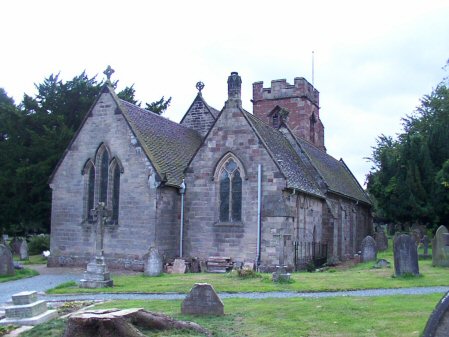
As with most churches this one has plenty of history. It has been a religious site for around 1000 years. It is often confused with the other St Mary's Church in the town so most people drop the real name and use "Castle Church" instead.
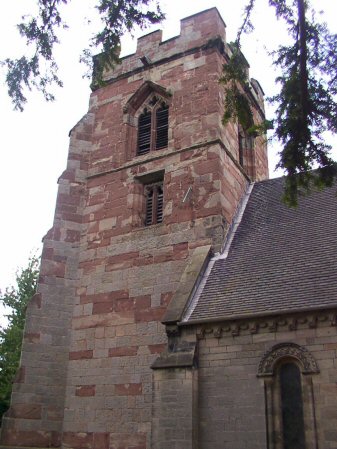
There's an old looking sun dial on the south wall of the tower with a date carved into the wall of 1624 and the church yard is full of old grave stones, some of which are very interesting.
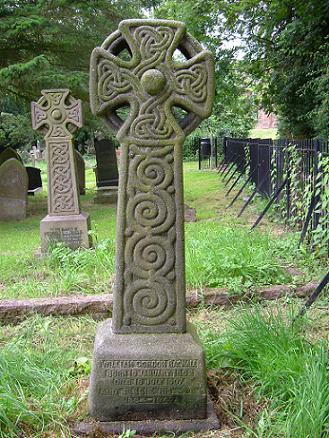
This is the headstone of W.G.Bagnall, Born 19th Jan 1852, Died 19th July 1907,whose factory W.G.Bagnall, Castle Engine Works, in Castle Town, Stafford, was world renown for steam locomotives.
